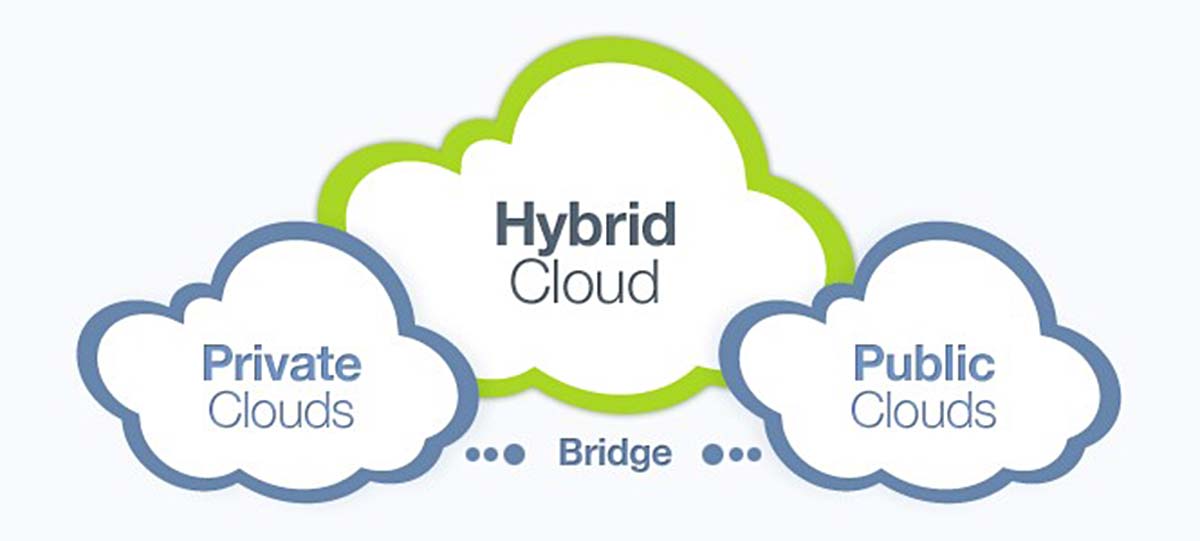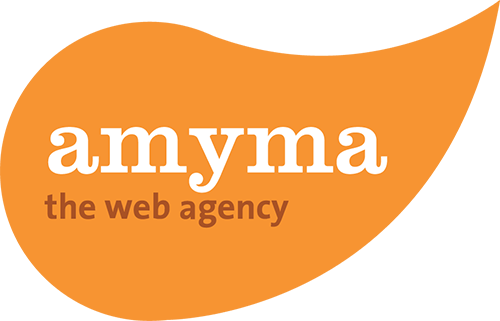With Cloud Systems it is possible to define how to access, use and process data and information simultaneously and in several locations. Where formerly, large server capacity was necessary to do this, now one just uses Cloud computing. The objective is to store data saved externally and to make it available to a certain number of users. One very familiar and widely used example of a professional Cloud system is Google Docs. The setup allows several users to access different data in such a way that each of them can modify, process or simply consult the information. As the Administrator, you allocate rights to users.
How do the Cloud Systems differ from each other?
In general, a distinction can be drawn between three categories: Private Cloud, Public Cloud and Hybrid Cloud. Public Cloud setups often contain data and information released to the public, such as our earlier example of Google. Public Cloud Systems are popular and effective in cases where large amounts of information are to be made public. Public Cloud systems are highly plastic: they can be altered and updated at any time, which brings up the issue of IT and internet security.

The opposite of this type of system where anyone can exert influence is a Private Cloud system. When companies want to keep their information and data private and not accessible to the public, they set up a Private Cloud system. The advantage of this type of system is clear: data is shared only among employees, with no fear of external influence. Private Clouds are particularly well-suited for use in companies who need to prevent any chance of a leak.
Need both systems? Now we’re talking about a Hybrid Cloud
Perhaps you need a cloud function that can be used both internally and externally? Looking for a form of data storage that you can use to define user classes with access allocated depending on the user? If so, the Hybrid Cloud is the right fit for you. With a Hybrid Cloud system, the benefits of both cloud systems are combined to allow the implementation of different infrastructure levels. In this way, you can provide all files and data to a single Group with defined access rights, while other information can be made available to all users. A Hybrid Cloud does however engender more work. You have to establish a clear structure within the data infrastructure: who gets access to what? What data will be public, and what is only for internal use?
What are the clear advantages of a cloud and a hybrid cloud setup?
The definitive advantage of a cloud system is the investment aspect. Acquiring additional server capacity and hardware is an expensive proposition, whereas cloud structures can be leased. Of course, one can also procure adequate equipment as an option with cloud hosting structures. Cloud systems give you the advantage of increasing storage capacity at any time, with a simple touch of a button.
Summary: what does a hybrid cloud system contribute?
If you have a large amount of data to process and you need to make it available to different user groups in terms of visibility and access rights, a hybrid cloud system could be a viable alternative for you. Because of its flexibility, a good cloud solution will result in lower equipment costs and savings in energy.





